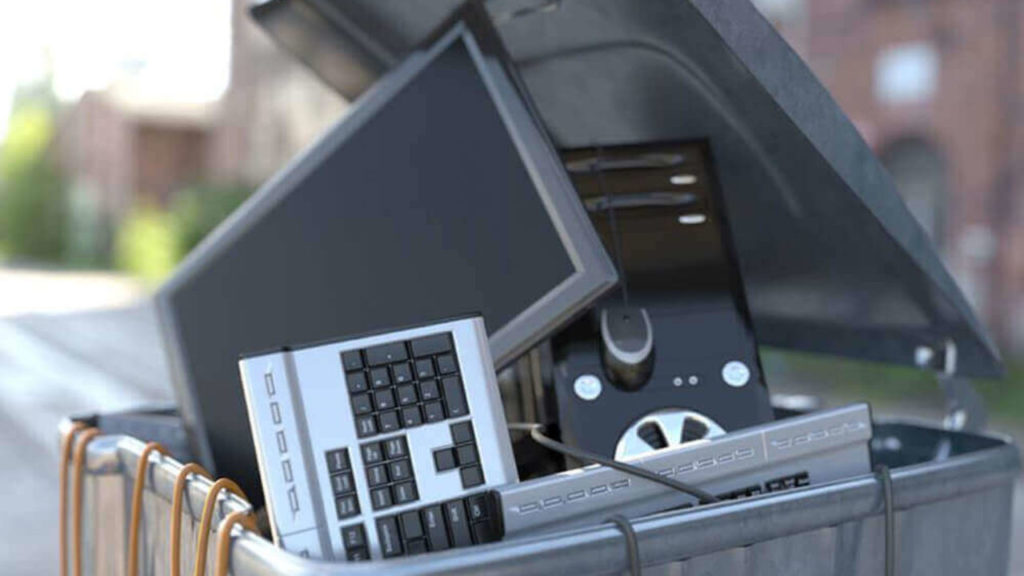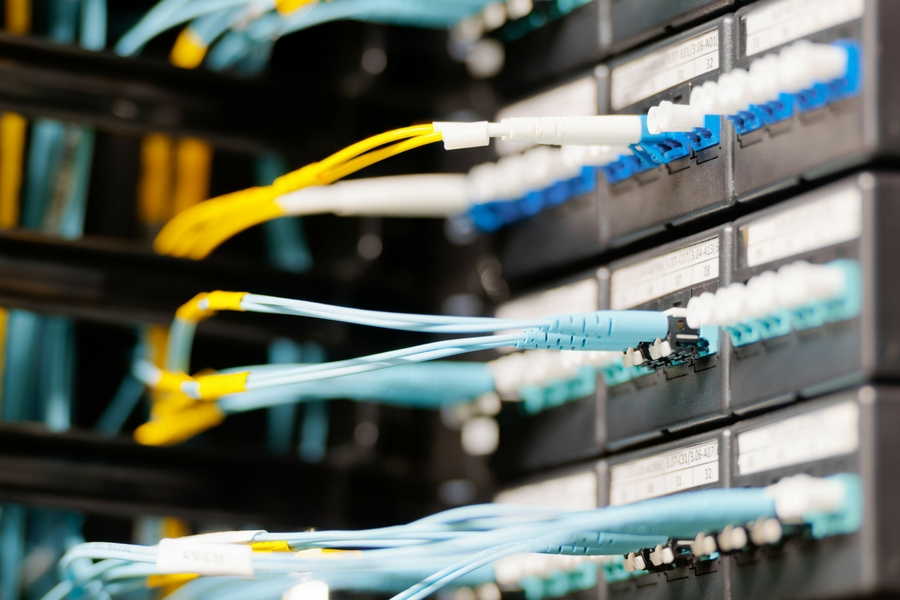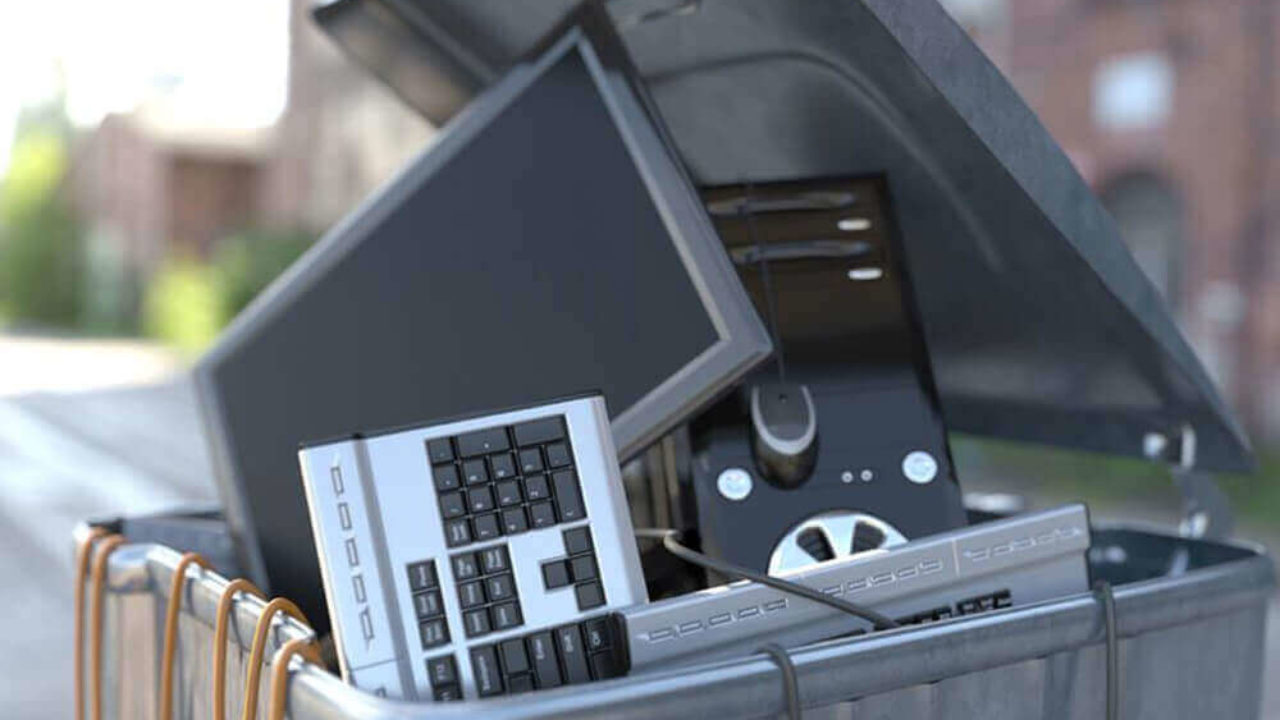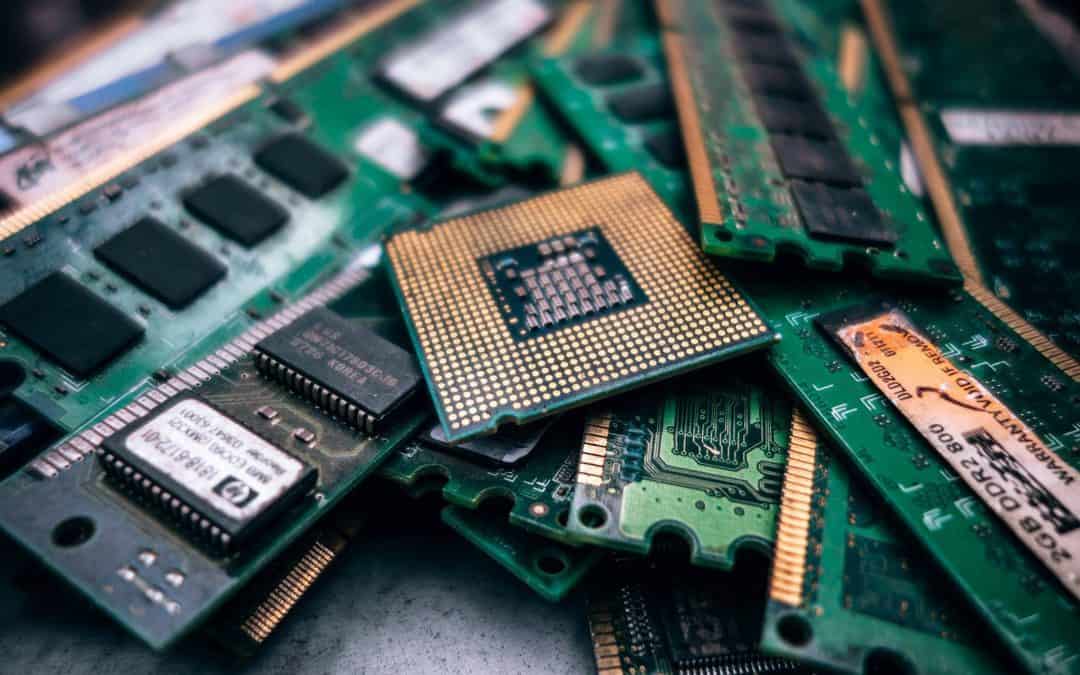ITAD is a safe and seamless process to dispose of IT assets to ensure security, compliance, and environmental sustainability. Correct management of e-waste disposal entails exhausting all feasible means for a piece of equipment not to be a piece of electronic waste for as long as feasible.
Businesses that rely on tech resources must adopt the right ways to discard their electronic equipment and maintain IT assets. It is essential to understand each stage involved in the ITAD process to avoid interruptions and efficiently manage costs.
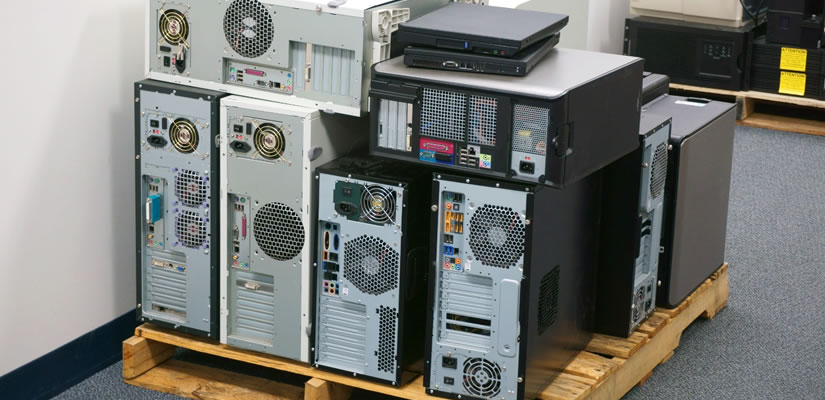
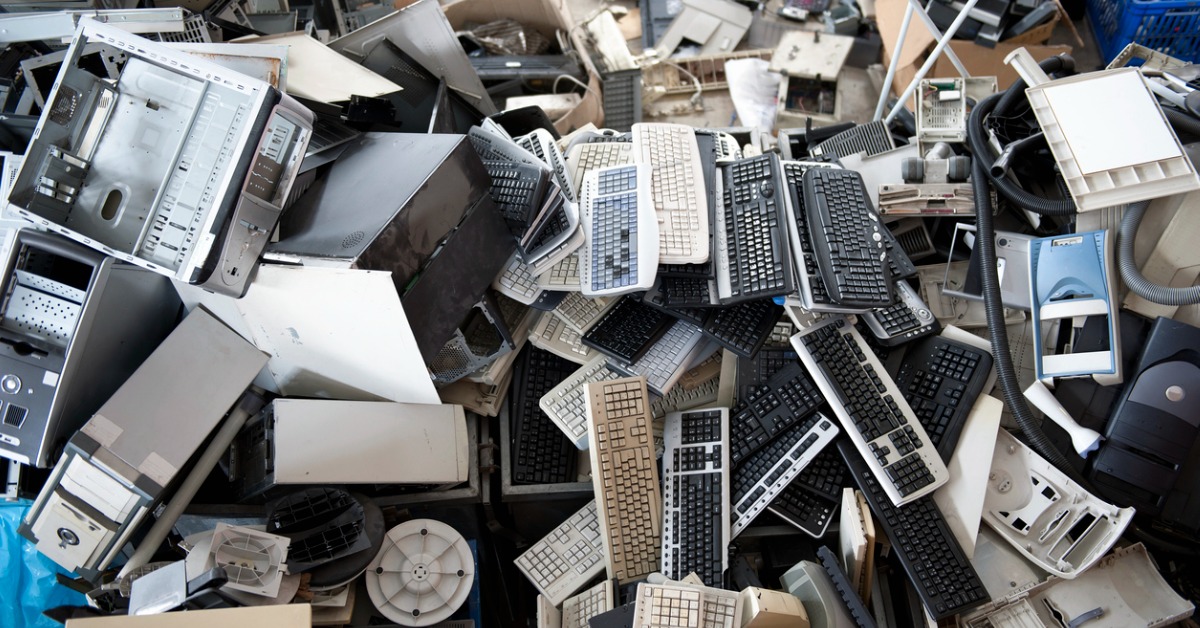
Create a Clear ITAD Plan
The first step to ensure you are on track and are following all the steps is to plan. The company must make a solid ITAD strategy based on the organizational objectives and budget constraints. Your strategy should, in particular, contain a procedure that may maximize device traceability, consider your company’s software requirements, and the logistical requirements for managing ongoing ITAD. The plan should identify the policies and standards that must be used during the process. Moreover, forming a checklist helps keep everything aligned. Effective planning will lead you to conduct successful IT asset disposals and organize the IT assets for the best of the company. Consult an expert to assist you through your organization’s requirements and formulate a personalized approach that makes e-waste management easier.
Schedule the ITAD Process
Once you have developed an effective ITAD strategy for your organization, schedule the process as soon as possible. Most companies find it easier to hold onto old IT assets as it minimizes the hassle of e-waste disposal. But as the assets increase, tracking, documenting, and mapping become challenging. It is crucial to regularly upgrade to make sure you are not utilizing outdated technology that is prone to hacks. If you don’t update your assets, you can find that the firm that made them stops offering system and software upgrades over time. Scheduling the ITAD process at the right time will ensure that the business operations aren’t interrupted and that all devices are properly disposed of in due time. It also helps to deploy new technology assets and update the equipment at the right time.Identify Assets for Refurbishment, Restoration, and Disposal
One of the many strategies used in electronic waste management is the proper disposal of electronic garbage. It is essential to audit the devices to identify which can be reused and refurbished; throwing them away should only be a last resort. Refurbishing falls under the category of proper and secure e-waste disposal. Repairing hardware to make it compatible with the current technology required for the company operations comes under refurbishing. Restoration becomes more useful when you can’t afford to buy a new device to replace the old one. However, if the equipment doesn’t fall under the categories of restoration and refurbishment, the company must dispose of the assets.Send IT Assets for Data Erasure
One of the most important stages of a successful ITAD process involves data erasure. Sensitive information has frequently been recovered from outdated computers and mobile devices discovered in landfills or trash. It makes the company data vulnerable to the public and can result in serious loss. The disposal of IT assets requires complete data erasure and removal of all the information before being dumped. If the data is essential for future operations, it must be relocated to other devices or transferred to a storage location such as the cloud. There are several ways and steps used for completely deleting data from the devices and leaving nothing that can be traced to the information. Data erasure ensures that the assets no longer used are free from any crucial data that may be at risk otherwise.Perform Recycling
After data erasure, it’s time to recycle the IT assets. Some parts of the hardware may be functional and can be sold or reused. The recycler can use the metals to produce new products or other parts for producing new products; hence, less goes to waste. Recycling is one of the most promising ways to dispose of e-waste. The more the assets are recycled, the better value they produce. It demonstrates that the worth of other components need not necessarily decrease when one component stops working. The parts are sold to recycling vendors, and the money is used to improve the current IT asset management.

